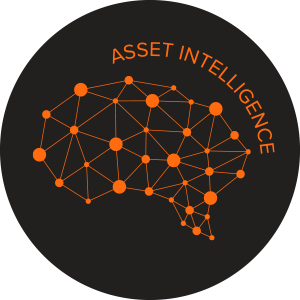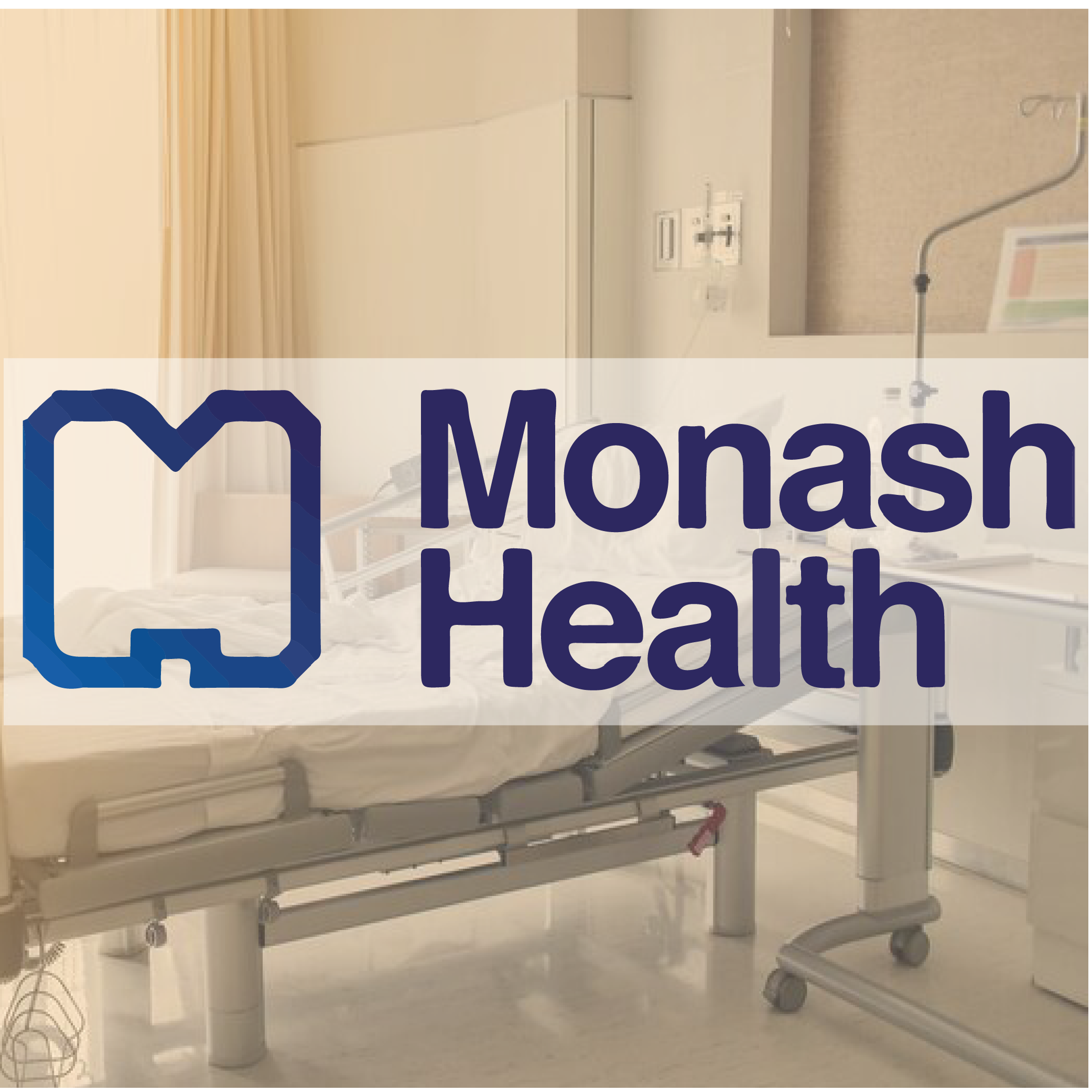Generating Value in Public Health for VIC
Executive Summary
Ageing infrastructure, complex operating environments and shifting demographics, combined with constrained funding, all represent Asset Management and planning challenges for health administrators. Optimising assets by minimising downtime increases performance and mitigates risk for healthcare workers and patients alike.
Making the best use of assets within the state is guided by the Asset Management Accountability Framework (AMAF). This is the Victorian government's policy framework which was introduced in February 2016. Although it is non-prescriptive and based on devolved accountability (so that public sector bodies can manage assets within their own specific operational context) it also includes a set of mandatory requirements.
Meeting these requirements requires the development of Asset Management Plans as well as reporting on cost, risk and performance as laid out in the AMAF. To get better insights and develop more effective Asset Management Plans, many organisations are turning to Asset Intelligence. Combining data and technology to generate a clear view of assets, Asset Intelligence enables evidence-based decision-making to balance cost risk and performance to determine prioritisation of investment.
In this paper we’ll look at the specific challenges and opportunities for Victoria’s Health Facilities, and see how Asset Intelligence can help address them.
Summary of Requirements & AssetFuture Capability
| AMAF Mandatory Requirement | AssetFuture Capability |
|---|---|
| ISO55000 Alignment: Activities undertaken must be aligned to the international standard for Asset Management, as well as some specific different requirements. | AssetFuture Asset Information and Intelligence supports organisations on the journey to ISO55000. Asset Register is a core part of the integrity of the platform. We use comprehensive hierarchy and best practice adhering to ISO standards. |
| Strategy & Planning: Creation of Asset Management Plan (Part A - Strategic) and Asset Management Plan (Part B- Tactical). Asset Management strategy has short-term (1-3 year), medium-term (4-9 years) and long-term (10+ years) goals and targets. | AssetFuture’s Asset Intelligence is used for Asset Management Plans and Strategic Asset Management plans by all customers. Using scenario planning, and based on your maintenance strategy, you can create information to guide strategic and tactical plans. Clear visibility of current costs to operate and maintain, as well as preventative strategies can be generated into the future. |
| Lifecycle Delivery / AIMS Systems and processes in place to reliably: • Make evidence-based decisions about assets and report information • Updating asset information • Asset information interfacing with other operational and management information • Rapid reporting • Risk profiling and performance metrics • Audit requirements | AssetFuture’s reporting functionality supports procedures to manage asset information and comply with all audit requirements. Measure and report on cost, risk and performance, including Facilities Condition Index for part or all of your portfolio. Data integrity can be maintained through mobile applications for self management of defects, issues or capital works. Live asset condition degradation models enable frequent condition ratings. Proprietary methodology for risk profiling for a given funding level ACCRI - Asset Condition, Criticality and Risk Index. Data integration into CMMS systems, such as AIMS. |
| Risk & Review: • Maturity assessment • Performance monitoring and reporting | AssetFuture has established maturity assessment guidelines and activities that can be used for the self- assessment and guidance on the roadmap to Asset Management Maturity. Reporting functionality supports cost, risk and performance measurement and reporting. |
Challenges and opportunities for VIC Health Facilities
Nationally, health infrastructure still faces lags in providing fit-for purpose facilities for modern health care. Ageing hospital assets, competing priorities for expenditure and a focus on service delivery over asset maintenance have contributed to substantial backlogs. This is coupled with a historical underspend in preventative maintenance, increasing the importance of optimising assets to mitigate risk for healthcare workers and patients alike.
An ongoing maintenance backlog will erode quality and reliability of many assets, and bring higher costs for future asset maintenance and renewal.
Critical to ensuring that existing assets are properly maintained requires planning, and Statewide design, service and infrastructure plan for Victoria’s health system 2017-2037 recognises this.
The plan identifies the health system is under pressure, and the biggest challenges and opportunities are:
unprecedented population growth and ageing, from the rise in chronic disease, from more people surviving what were previously fatal conditions
the rising costs of care and technology, and from community expectations for better, more convenient and personalised services
building a proactive system that promotes health and anticipates demand
investing in the future of healthcareThe NSW Government has recognised that the biggest challenges and opportunities for Health NSW include:
Improving the approach to asset planning and delivery
Asset Management manages the life cycle of assets and combines not only cost, risk and performance, but financial and business value. Aligning use and condition to clinical needs is a critical approach to tracking and analysis of maintenance expenditure.
Making the best use of assets within the state is guided by the Asset Management Accountability Framework (AMAF). This is the Victorian government's policy framework which was introduced in February 2016. Although it is non-prescriptive and based on devolved accountability (so that public sector bodies can manage assets within their own specific operational context) it also includes a set of mandatory requirements.
The Victorian Health and Human Services Building Authority (VHHSBA) has released a new policy which sets the commitment for asset management of the Victorian health asset portfolio:
“We are committed to ensuring that the physical structures that underpin the Victorian health system enable every Victorian to access safe health care, when they need it, and that our health facilities and equipment, support our health care workers to do their jobs.”
This policy is underpinned by the AMAF, and will deliver better and safer care that is capable of meeting clinical service standards now and into the future, and uses a whole of lifecycle approach to balance costs, opportunities and risks to achieve government objectives.
Delivering better outcomes through effective Asset Management
Your requirements for VIC Government’s Asset Management Policy
Key requirements of the AMAF:
1. Strategy and Planning
Aligned to ISO55000, creation of Asset Management Plans (Strategic and Tactical).
2. Lifecycle Delivery
Systems and processes in place to make evidence-based decisions on assets, including cost, risk and performance. Asset update and reporting and interfacing with other operational and Asset Information Management Systems (AIMS).
3. Risk & Review
From 2020-2021, conduct an Asset Management Maturity Assessment every 3 years on alignment, progress and plans for asset management.
Building your Capabilities for the Future
Creating Strategic and tactical Asset Management Plans for your facility may seem like a daunting prospect. There are high degrees of complexity and accountability - especially as we are managing expensive assets, with multiple layers of additional infrastructure to support medical specific procedures and practices.
There are trade-offs between cost, budget and outcomes that are inherently more complex than traditional commercial buildings and asset portfolios. There are major considerations for risk mitigation and management.
How AssetFuture can help with your Asset Management Policy Requirements
AssetFuture is a cloud-based Asset Intelligence tool that provides a highly data-driven means of forecasting operating and capital funding required to maintain health facilities and equipment to a predetermined condition and risk level.
Asset Intelligence is the merging of data and technology to give you a clear line-of-sight for the life cycle of your assets, balancing condition and risk in an environment where funding is constrained. This is especially important to health care providers struggling for sufficient funding to suit their needs and minimise the cost of maintaining facilities. This enables the ability for each organisation to continue to provide adequate services to the community.
Asset Intelligence
Using powerful predictive modelling, Asset Intelligence provides you with insight to forecast cost and manage risks accurately, model scenarios and enable evidence-based decision making through lifecycle.
Asset Intelligence drives your facility’s asset strategy that is aligned with business drivers, ensuring a complete line-of-sight from executive management through to operational delivery. This information feeds directly into your AMP and your SAMP.
Asset Register
Asset Intelligence drives your facility’s asset strategy that is aligned with business drivers, ensuring a complete line-of-sight from executive management through to operational delivery. This information feeds directly into your AMP and your SAMP.
At the core of the AssetFuture Platform is a comprehensive Asset Register containing:
A unique identifier for each asset in the portfolio
A location identifier within the asset hierarchy as well as a geographical reference
The current condition of each asset
The criticality of each asset to achievement of the organisation’s objectives
Levels of service required for each asset based on its criticality
Activities required to maintain the asset over its lifecycle including to the determined level of service
The future financial, risk and condition implication of each of these activities.
Asset Management Plan
The AssetFuture Platform is used as a primary input source to the Asset Management Plan required by Government asset management frameworks. These Asset Management Plans optimise asset related outcomes based on stakeholder expectations and a given funding level by prioritising investment where it is most needed. This maximises patient outcomes as well as satisfaction levels with services provided.
Asset Information Management
AssetFuture also works with organisations to maximise the benefits associated with using the platform. This can include carrying out an Asset Information Management Maturity Assessment in order to identify process improvements to the way asset information is managed across the business. AssetFuture can then work with the organisation to develop an Asset Information Strategy which is essentially a road map of prioritised activities to carry out improvements identified during the assessment.
Case Studies
Monash Health
One of Monash Health’s primary assets is Moorabbin Hospital, Home of the Monash Cancer Centre. With a mature approach to data, and an up-to-date Asset Register, Moorabbin needed to ascertain any gaps in the data to ensure information was accurate, timely and relevant.
Results:
Data collection and validation completed incredibly fast and Monash Health has the right data to establish condition and associated costs for the future, giving a holistic view of the whole site. Additionally, AssetFuture’s visualisation tools has meant the team can communicate the value of Asset Intelligence to their wider teams easily.
NSW Department of Education
AssetFuture helped deploy best practice technologies to undertake Life Cycle Costing (LCC) assessments, define current and future maintenance liability, and review functional fit-for-purpose. The result were used to identify budget requirements as well as prioritise investment.
Results:
The Department of Education has improved its ability to project current and future funding needs to prioritise investment decisions.
Using AssetFuture, a backlog of $449M was identified which increased the Treasury investment to nearly $1.3B.
In addition, the Department of Education and AssetFuture were finalists in the 2019 Prime Minister’s Award.
AssetFuture is your trusted partner on your journey in Asset Management success. Delivering market-leading technology coupled with award-winning teams experienced in delivering to State Government agencies and healthcare providers.
References
Infrastructure Australia, Australian Infrastructure Audit 2019, Social Infrastructure, Chapter 6.
Health Victoria, Statewide Design, Service and Infrastructure Plan
Asset Management Accountability Framework Implementation Guidance - Appendix H - AMAF Ready Reckoner
Victorian Health and Human Services Building Authority Asset Management Policy






